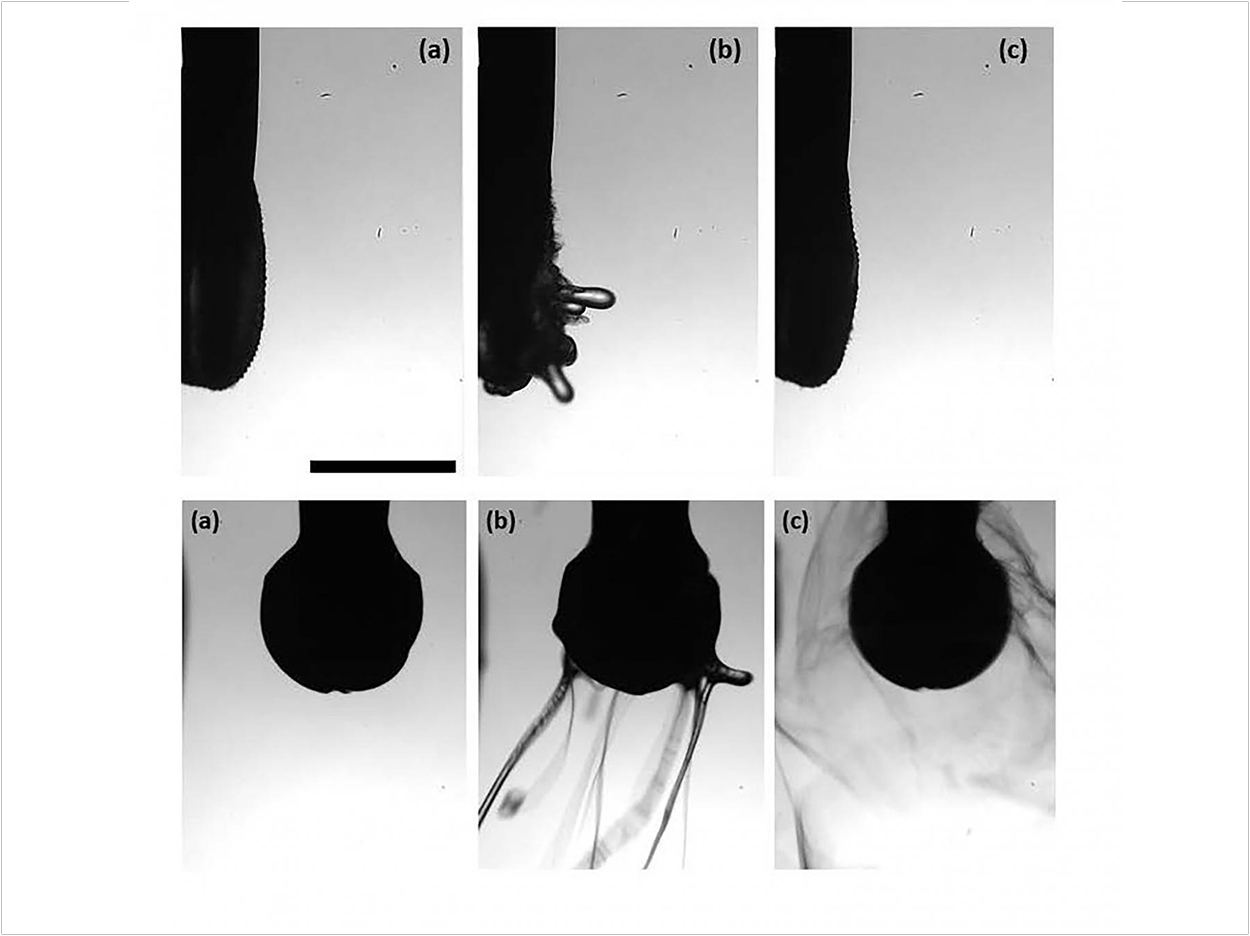
Researchers at the University of Illinois at Chicago have been considering how the spinning, vibrating tools in the dental office turn water into mist and send it flying into the air. If that mist includes a virus or some other pathogen, they said, it would be a health hazard for dental staff and patients alike.
However, these researchers have now discovered that the forces of a vibrating tool or dental drill are no match for the viscoelastic properties of food-grade polymers, such as polyacrylic acid, which they used as a small admixture to water in dental settings.
The researchers were surprised by the results, they said. Not only did a small admixture of polymers completely eliminate aerosolization, but it did so with ease, exhibiting fundamental polymer physics such as coil-stretch transition that served the intended purpose beautifully, the researchers said.
The researchers tested two polymers approved by the Food and Drug Administration. Polyacrylic acid proved more effective than xanthan gum, because in addition to its high elongational viscosity (high elastic stresses in stretching), it revealed a low shear viscosity, which makes pumping it easy.
“What was surprising is that the very first experiment in my lab completely proved the concept,” said Alexander Yarin, distinguished professor of mechanical and industrial engineering.
“It was amazing that these materials were capable of so easily and completely suppressing aerosolization by dental tools, with significant inertial forces involved. Nevertheless, the elastic forces generated by small polymer additives were stronger,” Yarin said.
The study documented the violent explosion of pockets of water supplied to teeth and gums that the dental tool aerosolizes. The spraying mist that accompanies a visit to the dentist is the result of water encountering rapid vibration of a tool or the centrifugal force of a drill, which bursts water into tiny droplets and propels them.
When used in irrigation, the polymer admixture suppresses bursts. Instead, polymer macromolecules that stretch like rubber bands restrict water aerosolization. When the tip of a vibrating tool or dental drill plunges into polymer solution, the solution threads into snakelike strands, which are pulled back toward the tip of the tool, altering the usual dynamics seen with pure water in dentistry.
The study, “Reopening Dentistry After COVID-19: Complete Suppression of Aerosolization in Dental Procedures by Viscoelastic Medusa Gorgo,” was published by Physics of Fluids.
Related Articles
CDC Infection Control Guidelines Catch Up With Need to Address Aerosols
Dentists Advised to Mind “Settle Time” After Generating Aerosols
Study Shows How Far Splatter Goes During Dental Procedures


